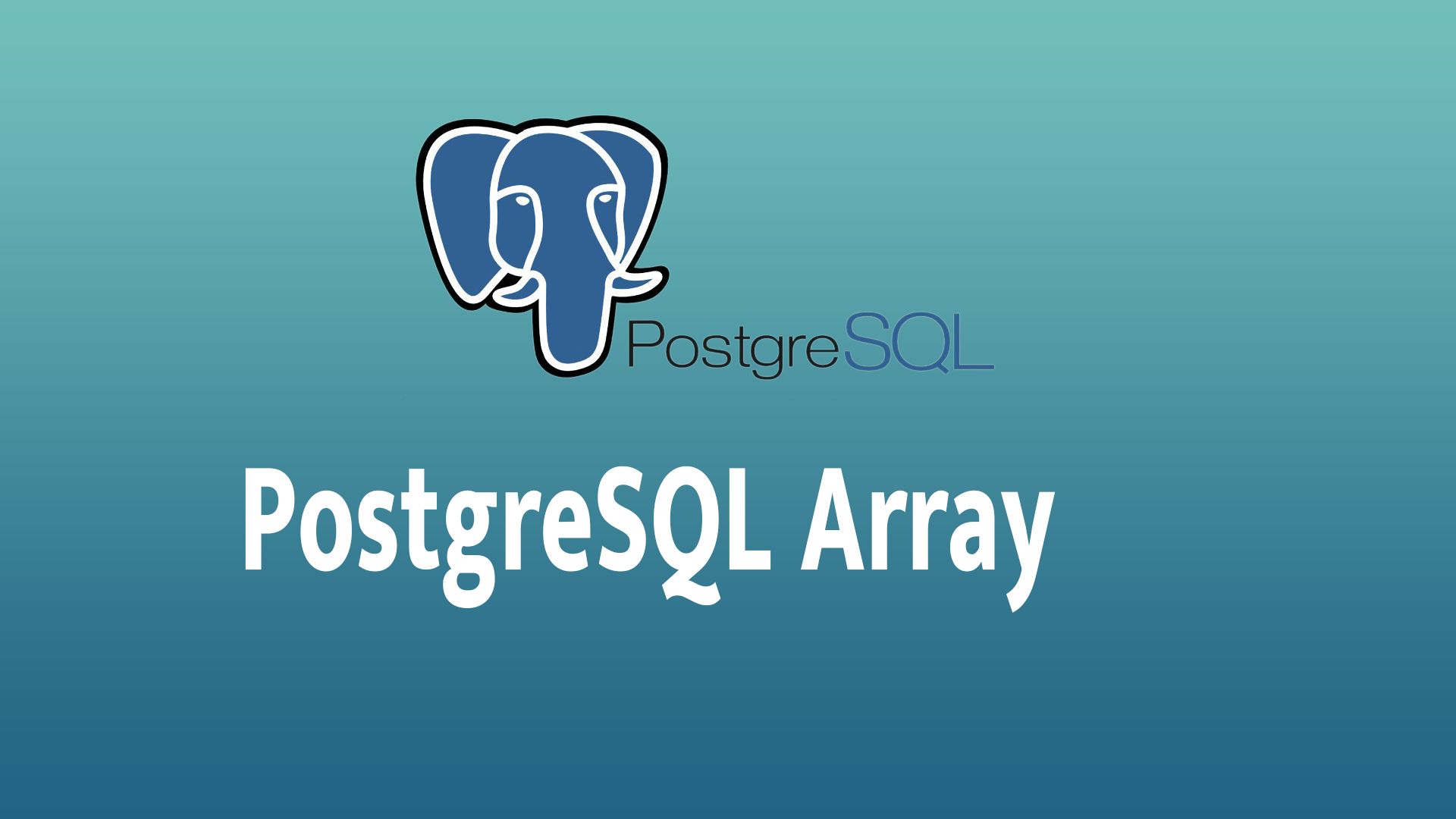
How to Create and Drop Users in MongoDB
How to Create and Drop Users in MongoDB MongoDB provides a user management system where you can create users with different roles and permissions for…

How to Create and Drop Users in MongoDB MongoDB provides a user management system where you can create users with different roles and permissions for…

How to Enable Authentication in MongoDB Enabling authentication in MongoDB ensures that only authorized users can perform operations on your MongoDB …

Shell Script to Backup MongoDB Database Creating a shell script for backing up a MongoDB database can automate the process and save time. Below is a …

How to Backup and Restore MongoDB Database Backing up and restoring MongoDB databases is essential for ensuring data safety and continuity. MongoDB p…

What is MongoDB Shell (mongosh)? The MongoDB Shell (or mongosh ) is an interactive JavaScript shell that allows you to connect to a MongoDB database…

MongoDB Create Database MongoDB does not have an explicit CREATE DATABASE command. Instead, a database is automatically created when you insert the…

MongoDB show databases Listing databases in MongoDB helps you see all available databases on a server. This guide covers how to show databases using…

MongoDB Delete Database Deleting a database in MongoDB is simple but permanent , so proceed with caution. This guide covers how to delete a MongoDB d…

MongoDB Copy Database Copying a database in MongoDB is useful for backups, migrations, or creating test environments . This guide explains how to cop…

MongoDB Create Collection MongoDB automatically creates a collection when you insert the first document. However, you can manually create collections…

Mongodb Show Collection In MongoDB, collections store documents, similar to tables in relational databases. This guide explains how to list all colle…

MongoDB Rename Collection Renaming a collection in MongoDB allows you to change its name without losing any data. This guide explains how to rename a…

MongoDB Drop Collection Dropping a collection in MongoDB permanently removes all documents and the collection itself from the database. This guide w…

MongoDB Insert Document Inserting documents into MongoDB is essential for storing data, such as blog posts on a post-based website . This guide expla…

MongoDB Installation MongoDB is a NoSQL database used for building modern applications. Follow this guide to install MongoDB on your Mac and start u…

MongoDB Query Document Querying documents in MongoDB is essential for retrieving data from a database, such as fetching blog posts on a post-based we…

MongoDB Update Document Updating a document in MongoDB is essential for managing dynamic content on a post-based website . This guide will explain ho…

MongoDB Delete Document Posts are stored as documents in a MongoDB collection on a post-based website, such as a blog or forum. Sometimes, you need…

PostgreSQL FETCH Statement The FETCH statement in PostgreSQL is used to retrieve rows from a result set returned by a query when working with curso…

Load PostgreSQL Sample Database To load a PostgreSQL sample database , you can follow a few steps to download and import the sample dataset into your…

PostgreSQL Arrays PostgreSQL provides support for arrays , allowing you to store multiple values in a single column. Arrays in PostgreSQL can be used…

PostgreSQL UNION Operator The UNION operator in PostgreSQL is used to combine the result sets of two or more SELECT queries into a single result se…

PostgreSQL INTERSECT Operator The INTERSECT operator in PostgreSQL is used to return the common rows that appear in the result sets of two SELECT …

PostgreSQL EXCEPT Operator The EXCEPT operator in PostgreSQL is used to return the rows from the first query that are not present in the second que…

PostgreSQL with PHP Using PostgreSQL with PHP allows you to interact with a PostgreSQL database from a PHP application, enabling functionalities like…

PostgreSQL Column Alias In PostgreSQL, a column alias is a temporary name given to a column in the result set of a query. It is useful for making th…

PostgreSQL FULL OUTER JOIN A FULL OUTER JOIN returns all rows from both tables, with matching rows from both sides wherever available. If there is n…

PostgreSQL CROSS JOIN by Example A CROSS JOIN in PostgreSQL returns the Cartesian product of the two tables involved. That means it combines every…

PostgreSQL HAVING Clause The HAVING clause in PostgreSQL is used to filter aggregated results based on a condition. It is typically used with GROU…

PostgreSQL Joins In PostgreSQL, joins are used to combine rows from two or more tables based on a related column between them. There are several typ…
